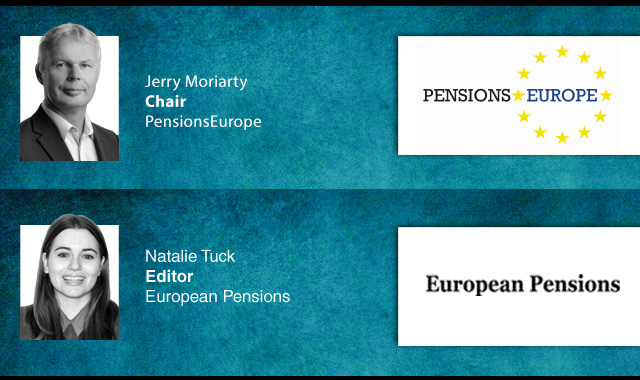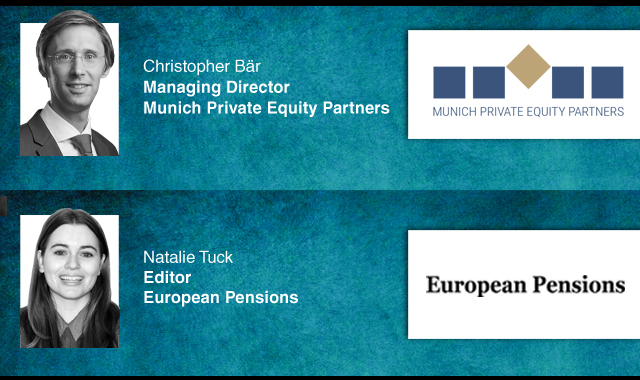Swedish pension buffer funds AP2 and AP6 are at odds over the process of integration ahead of the funds’ merger in January 2026.
The Swedish parliament passed the law to consolidate the five current buffer funds into three funds from 1 January 2026 in May this year. As part of this, the independent AP6, which invests in private assets, will be merged into AP2, transferring its assets, operations, and expertise into the main buffer fund system.
In May, AP6 CEO, Katarina Staaf, reiterated the government’s comment that it must be ensured that the “expertise and experience that exist in the fund are preserved in the combined operations”.
However, a spokesperson for AP6 told European Pensions that, at the beginning of the summer, the fund’s board sent a letter to the board of AP2 to express its dissatisfaction with the latter’s decision to place over 70 per cent of AP6’s assets into a wind-down portfolio without staffing, and that no AP6 staff will be taken over.
The spokesperson for AP6 said that AP2 does not want the “highly profitable co-investment business”.
In its letter, it said this “decision was not in line with what parliament has decided, there are major financial and operational risks, and there is a risk that future returns will be lost to the disadvantages of the Swedish pension system”.
In addition, AP6 said it has submitted “detailed information” to AP2 and the special coordinator appointed by the government, Eva-Lena Norgren, showing that the Swedish pension system risks losing up to SEK 70bn over a 10-year period.
However, it noted that Norgren has “chosen to support AP2's views and has so far had no objections to the path chosen by AP2”.
Indeed, in her interim report on the transfer of the funds, published this week, Norgren stated that the funds have had “different starting points when it comes to interpreting the mandate and its purpose”.
The report stated: “In particular, the inquiry's work has been negatively affected by the fact that the management of the Sixth AP Fund has had a different view of the objectives set by the government and the Riksdag.
“The management of the Sixth AP Fund has also shown a reluctance to cooperate on issues central to the inquiry. This has delayed the inquiry's work, but has also affected the opportunities and conditions for the Second AP Fund as the recipient organisation.”
In a statement on its website, AP2 said it is working to implement the decision in a “responsible and professional manner”.
On asset allocation, it said that, according to the law, allocation between different types of assets, including private equity, must be based on an Asset and Liability Management (ALM) analysis. As part of its calculations, it has deemed that a strategic allocation of 15 per cent is appropriate.
“A higher allocation would improve the expected return slightly, but at the same time significantly increase the risk, which reduces the risk-adjusted return,” it stated.
Therefore, it confirmed that AP6’s assets will be divided between AP2's private equity portfolio for the long term, and the rest will be managed separately in a transition portfolio.
“It is the government that will decide on the allocation, and AP2 has provided input to the government coordinator, who has produced an interim report as a basis for this decision. Our input is based on the desired long-term proportion of private equity in AP2's portfolio and an in-depth analysis of AP6's various investments,” it stated.
The fund also defended its expertise, noting that it has over 20 years of experience in private equity investments and already successfully manages a portfolio of a similar size to the AP6 portfolio, with “equivalent returns and at significantly lower costs”.
“With long experience and a strong track record over time, AP2 has proven that it has the expertise to manage the assets from AP6 and will continue the good work that AP6 has done in building its portfolio. Given the increased size of the assets under management, AP2 is currently recruiting for a number of different positions,” it stated, which its head of communications and sustainability, Åsa Norman, confirmed are “open for anyone to apply for.”
Following the publication of the interim report, AP2 said it is awaiting the government’s decision on the distribution of assets.
“AP2 is continuing its work and taking responsibility for implementing the parliament's decision, in order to contribute to a good pension for current and future pensioners. We started this work as soon as we could after the government communicated the content of the proposal in January.
“The collaboration between the AP2 and AP6 organisations is ongoing with seven different working groups, which are working constructively together to resolve a number of issues within, for example, assets, business support and legal matters,” it stated.
European Pensions has contacted the Swedish parliament (Riksdag) for further comment.
Latest News
-
SCOOP: Netherlands' Keylane snaps up UK's Heywood in undisclosed deal
-
80% of German companies using AI in pension schemes
-
73% of global pension plans using dynamic asset allocation strategy
-
Debate prompts swing in support for releasing UK DB surpluses to employers
-
News in brief: 5 December
-
NBIM beats out Japanese govt pension fund to become world's largest asset owner
Podcast: Stepping up to the challenge

In the latest European Pensions podcast, Natalie Tuck talks to PensionsEurope chair, Jerry Moriarty, about his new role and the European pension policy agenda
Podcast: The benefits of private equity in pension fund portfolios

The outbreak of the Covid-19 pandemic, in which stock markets have seen increased volatility, combined with global low interest rates has led to alternative asset classes rising in popularity. Private equity is one of the top runners in this category, and for good reason.
In this podcast, Munich Private Equity Partners Managing Director, Christopher Bär, chats to European Pensions Editor, Natalie Tuck, about the benefits private equity investments can bring to pension fund portfolios and the best approach to take.
In this podcast, Munich Private Equity Partners Managing Director, Christopher Bär, chats to European Pensions Editor, Natalie Tuck, about the benefits private equity investments can bring to pension fund portfolios and the best approach to take.
Mitigating risk
BNP Paribas Asset Management’s head of pension solutions, Julien Halfon, discusses equity hedging with Laura Blows
© 2019 Perspective Publishing Privacy & Cookies





Recent Stories